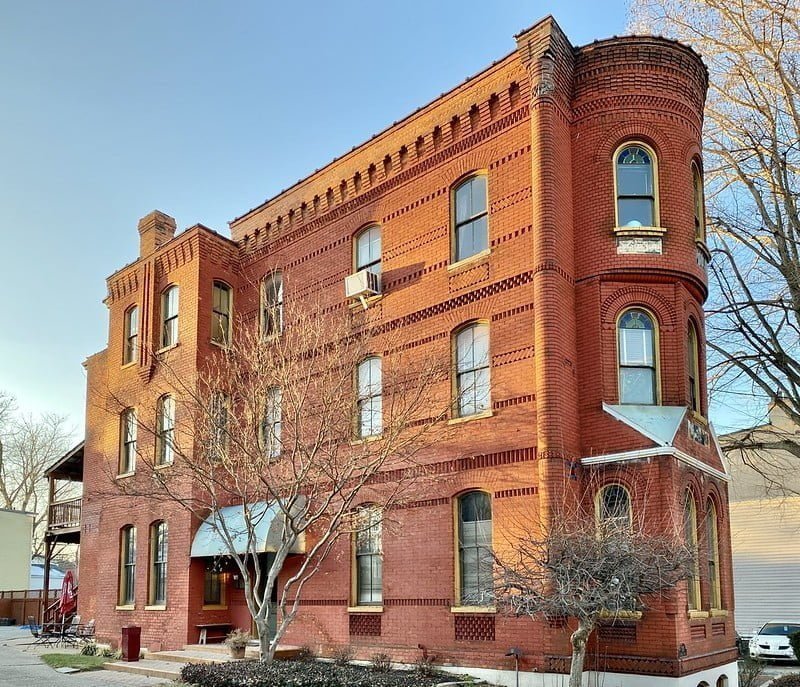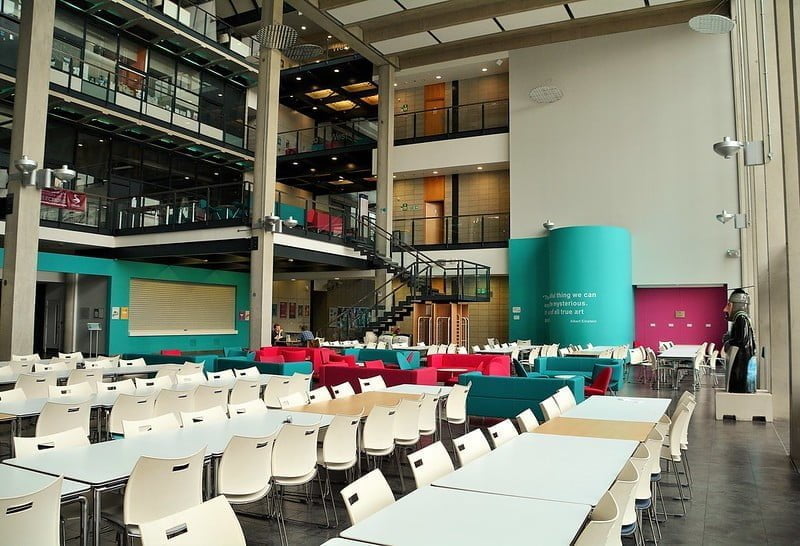With rising interest rates, inflation-related worries sweeping through our society, and lifestyle shifts across our nation, many are assessing commercial real estate without trust.
In March, the Federal Reserve increased interest rates on reserve funds from 4.75 percent to 4.9 percent – increasing loan costs to those using them and making borrowing money more costly for loan seekers. According to Consumer Price Index data, costs have gone up 10 percent yearly in specific categories – reaching their all-time peak since its creation! Furthermore, according to Pew Research Center studies, 6 out of 10 hybrid work schedule employees spend at least three days of each week working from home according to hybrid schedule (hence why you may find many offices empty with lease agreements still active).
Even amid uncertainty, beginning and experienced investors have plenty of investment options in today’s market. Identifying them effectively requires having an intimate knowledge of all available properties – commonly referred to as asset classes; each with unique advantages and drawbacks that investors must weigh carefully when making investment decisions.
As part of our attempt to provide good information on making the best investment decisions in today’s real estate market, this post explores various types of property available and their respective current market conditions, which could assist you with making informed investment choices. Moving forward, we’ll also expand on related topics to give you a valuable resource that you can utilize in this sector.
Buildings come in all sizes and shapes, typically divided into asset classes. They are retail, multifamily office buildings, development projects, and offices (commonly known as land). Let’s have a closer look at each category:
Multi-family Real Estate Properties

Like apartment blocks, multifamily properties typically consist of buildings containing five or more apartments. Beginning investors might benefit from purchasing these “live-plus-invest” opportunities with five or fewer tenants if they qualify for a house loan; people always require somewhere to live! People investing in multifamily apartments typically consider this their safest investment since people will always require accommodations such as these to reside. These are generally what you or your real estate agent would find on your local MLS.
Retail Real Estate Properties

This area encompasses everything from family-owned nail salons located within commercial strip malls to big box stores with rental rates that typically outstrip smaller multifamily structures. Entering this market, however, can often be more complex as lenders often require higher amounts of money and may impose stricter lending criteria than is typical in traditional loan products. If only one or two tenants are occupying your premises and one leaves unexpectedly, finding new renters may take months. As part of your evaluation of retail options, consider which businesses are “e-commerce proof.” They attract customers via traditional retailing channels – cafes or clinics can serve this role well – they provide services where individuals seek an encounter and could therefore attract shoppers that way too.
Office Real Estate Properties

Office prices tend to be more costly than other asset classes, making sufficient capital the critical factor for entry. Furthermore, office spaces could take some time before earning revenue due to redesign or renovation needed to suit future tenant requirements – this also applies if one leaves. Furthermore, due to tenant specificity, it may be hard finding replacement tenants; when demand for tenants (like what we are experiencing now ) increases rapidly, landlords may offer concessions such as months of free rent or tenant improvement measures as incentives to attract more tenancies.
Developer Real Estate Properties
This asset class typically involves high upfront expenses and lengthy timelines, from land acquisition and construction costs to code compliance and tenant-finding processes, usually best left for experienced investors with ample financial backing. Since there may be many steps involved with investing this way, an ROI could take several years or decades to be seen from investment returns. Check out our article on zoning if you really feel like development is a fit for you.
Combined knowledge and experience are necessary when making sound financial decisions, particularly regarding available asset classes and asset classes to consider. Multifamily properties are suitable for newcomers to the real estate game; however, other forms of properties could help build your portfolio over time. Multi-use structures offer numerous benefits, like having retail below and apartment units above; it could make sense as part of your overall investment plan!
Understanding the various kinds of properties on offer is only the starting point in the real estate investment journey. My next article will outline other vital elements, including specific details regarding different property types and associated risk ranges; understanding means more chances for long-term results and sustained achievement in this real estate investment arena.
